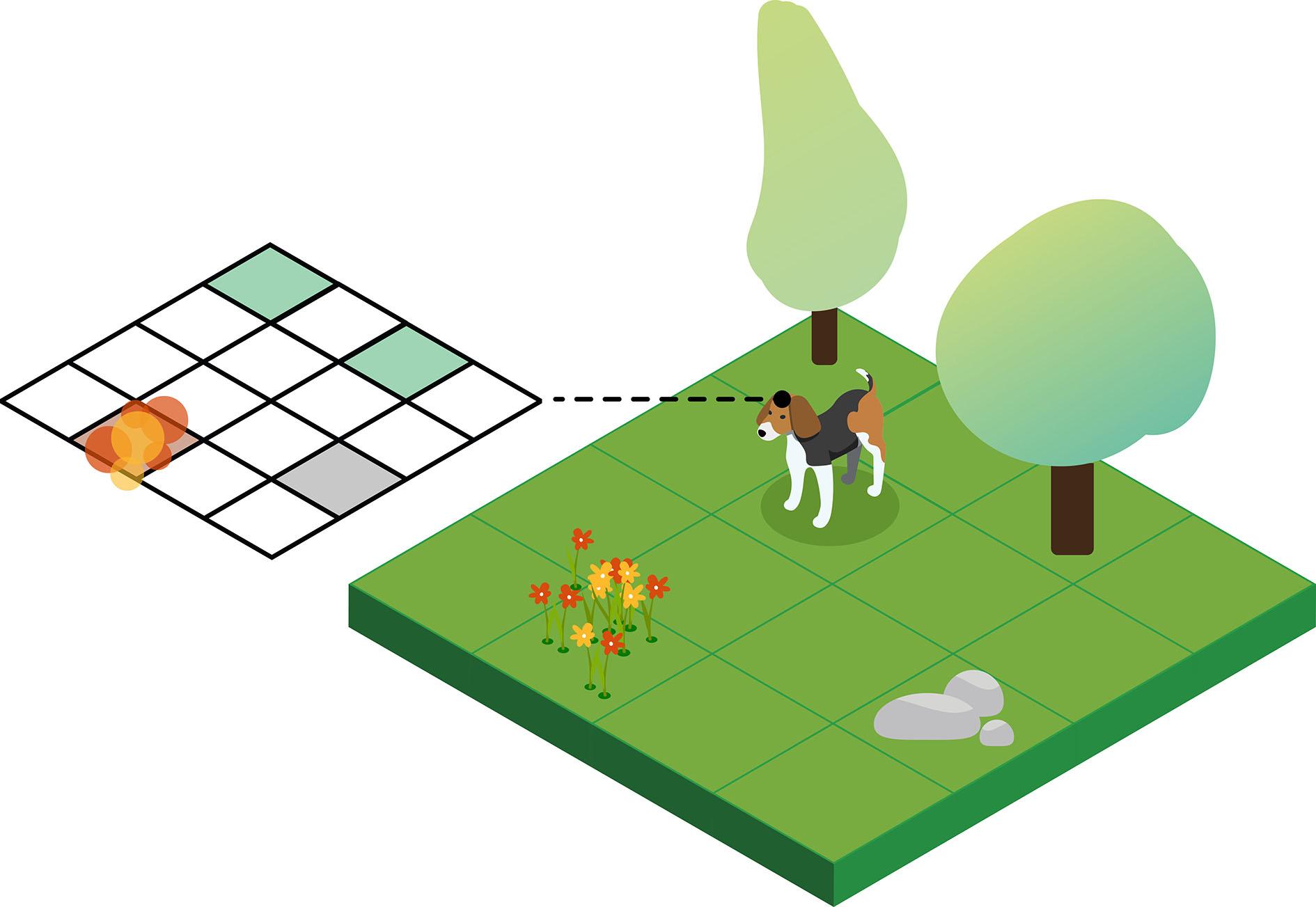Abstract:
Olfaction is essential for the survival of living beings from unicellular organisms to mammals and is used for a wide range of natural behaviors. Rodents use odors in their environment to forage and navigate. To support these olfactory behaviors, the brain seamlessly and dynamically integrates odor information with an internal model of the spatial environment. I am interested in how hierarchical circuits in the brain for odor representation and spatial cognition interact to generate such behaviors. Neural circuits in primary olfactory (piriform) cortex (PCx) are highly recurrent and plastic with abundant connections to spatial memory centers, making it an excellent site to investigate associative olfactory processes. Using neural ensemble recordings in an odor-cued spatial choice task for freely-moving rats, we discovered that individual PCx neurons were not only odor-selective, but also fired differentially to the same odor sampled at different locations, forming an “odor-place map”. PCx spatial maps were maintained across behavioral contexts and coupled to the hippocampus. This joint olfactory and spatial representation in primary olfactory cortex allows incoming sensory evidence to directly update an internal model of the world, and provides a unique opportunity to address the general question of how sensory information is integrated within spatial memory systems to generate flexible behavior.

Biography:
Cindy Poo is a postdoctoral researcher at Champalimaud Research in Lisbon, Portugal, in the laboratory of Dr. Zachary Mainen. She received her undergraduate degree in neuroscience from Brown University. She completed her doctoral training in the laboratory of Dr. Jeffry Isaacson at the University of California, San Diego, where she used in vitro and in vivo patch-clamp recordings to understand synaptic mechanisms contributing to odor-evoked activity in olfactory cortex. As a postdoctoral researcher, Cindy was supported by postdoctoral fellowships from the Helen Hay Whitney Foundation and Human Frontiers Science Programme. Her current research uses freely-moving and head-fixed rodent behavioral paradigms combined with contemporary electrophysiological recording, perturbation, and data analysis methods to further understand the olfactory system in the context of spatial navigation. Cindy’s long term research goal is to understand how interconnected hierarchical circuits in the brain produces adaptive behavior.
Click here to register via Eventbrite
